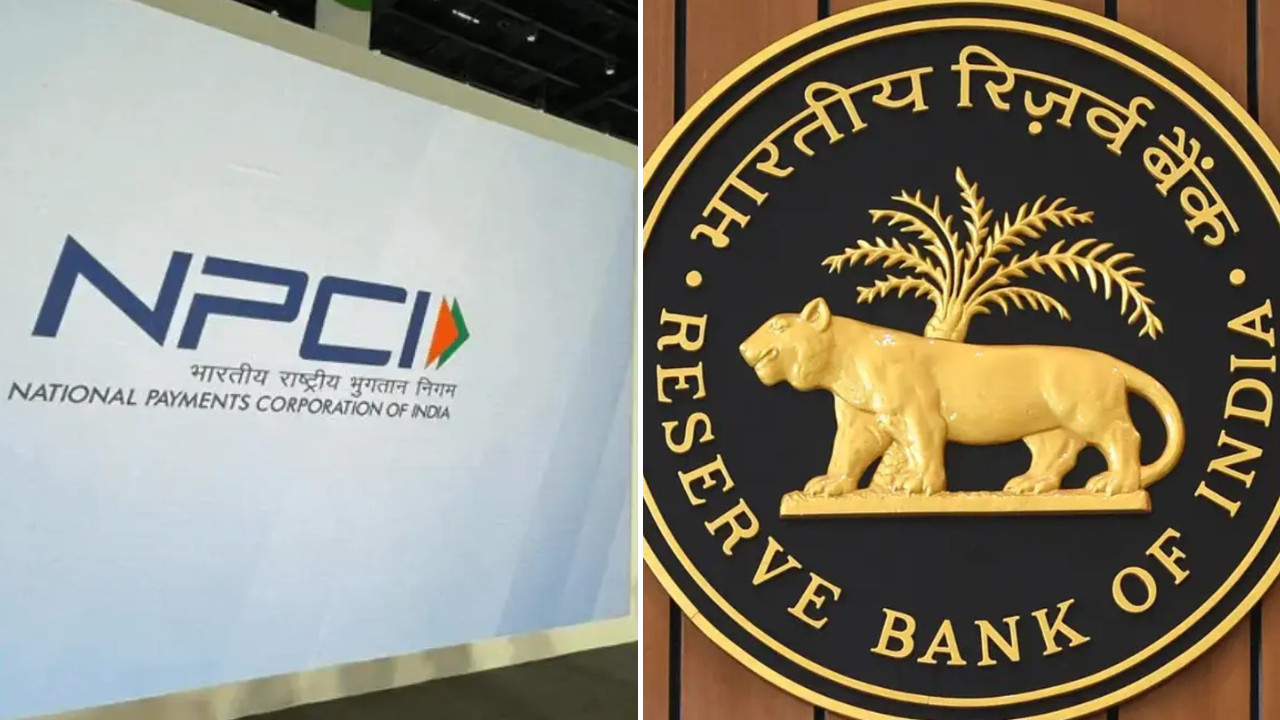Japanese beauty giant Shiseido is set to begin manufacturing in India, joining global players like Estée Lauder and The Body Shop. This strategic move aims to leverage lower duties and tap into India’s booming luxury beauty market, projected to reach $4 billion by 2035. Local production promises cost savings and faster supply chains for these international brands.
India’s Beauty Scene Gets a Japanese Makeover: Shiseido Goes Local
India’s beauty market is buzzing, and the world’s biggest names are taking notice. The latest to join the party? None other than Shiseido, the iconic Japanese cosmetics giant. They’re not just dipping a toe in the water; they’re diving in headfirst by setting up local manufacturing. This signals a significant shift in the landscape, a clear indication that India is rapidly becoming a key player in the global beauty industry.
But why now? What’s fueling this fervent interest from international luxury brands?
The Allure of the Indian Beauty Market
The simple answer: massive potential. India’s burgeoning middle class, coupled with increasing disposable incomes and a growing awareness of personal grooming, has created a perfect storm for beauty brands. Social media, influencer culture, and the desire to emulate global trends have further amplified this demand. People are experimenting more and are open to buying products they see are being used by their favorite online personalities, who are sometimes sponsored by big beauty brands.
It’s not just about makeup either. Skincare is experiencing a surge in popularity as consumers become more educated about ingredients and seek solutions tailored to their specific needs. This trend aligns perfectly with Shiseido’s strength in innovative skincare formulas.
Furthermore, India’s young population is a significant driving force. They are digitally savvy, brand conscious, and eager to explore the latest beauty innovations. This demographic represents a vast, untapped market for brands that can cater to their evolving needs and preferences.

What Shiseido’s Move Means for India
Shiseido’s decision to manufacture locally is a game-changer. It’s more than just setting up a factory; it’s a testament to their long-term commitment to the Indian market. Local manufacturing allows Shiseido to:
* Reduce costs: Importing products can be expensive due to tariffs and logistical challenges. Local production bypasses these hurdles, potentially leading to more competitive pricing for consumers.
* Tailor products to local needs: India’s diverse climate and skin types demand specific formulations. Local manufacturing provides the flexibility to adapt products to these unique requirements, ensuring optimal effectiveness.
* Boost the local economy: The establishment of a manufacturing facility will create jobs and contribute to the growth of the Indian economy. This further solidifies Shiseido’s position as a responsible and invested player in the market.
* Speed up distribution: Producing goods locally cuts down on shipping times, enabling Shiseido to better meet the demands of customers and also restock shelves more quickly.
A Stampede of Luxury Brands
Shiseido isn’t alone in recognizing India’s potential. Several other global luxury brands have already expanded their presence in the country, either through direct retail outlets, partnerships with local distributors, or the introduction of India-specific product lines. The race is on to capture a share of this rapidly expanding market.
This increased competition will undoubtedly benefit Indian consumers. They’ll have access to a wider range of high-quality products, innovative formulations, and personalized beauty solutions. It also creates a ripple effect, pushing domestic brands to innovate and improve their offerings to stay competitive. We’ve written previously about the importance of [sustainable packaging in the beauty industry](insert internal link here), a growing trend that local brands can adopt to stand out.
Will Local Manufacturing Be the Key to Success?
While local manufacturing offers significant advantages, it’s not a guaranteed recipe for success. Shiseido and other brands will need to navigate the complexities of the Indian market, including diverse consumer preferences, regional variations, and established local players. Effective marketing strategies, strong distribution networks, and a deep understanding of the cultural nuances are crucial for long-term success.
Ultimately, Shiseido’s commitment to local manufacturing underscores the immense potential of the Indian beauty market. As more global brands follow suit, the Indian consumer is set to reap the rewards of increased choice, innovation, and quality. The future of beauty in India looks bright, and it’s exciting to witness this transformation unfold.







